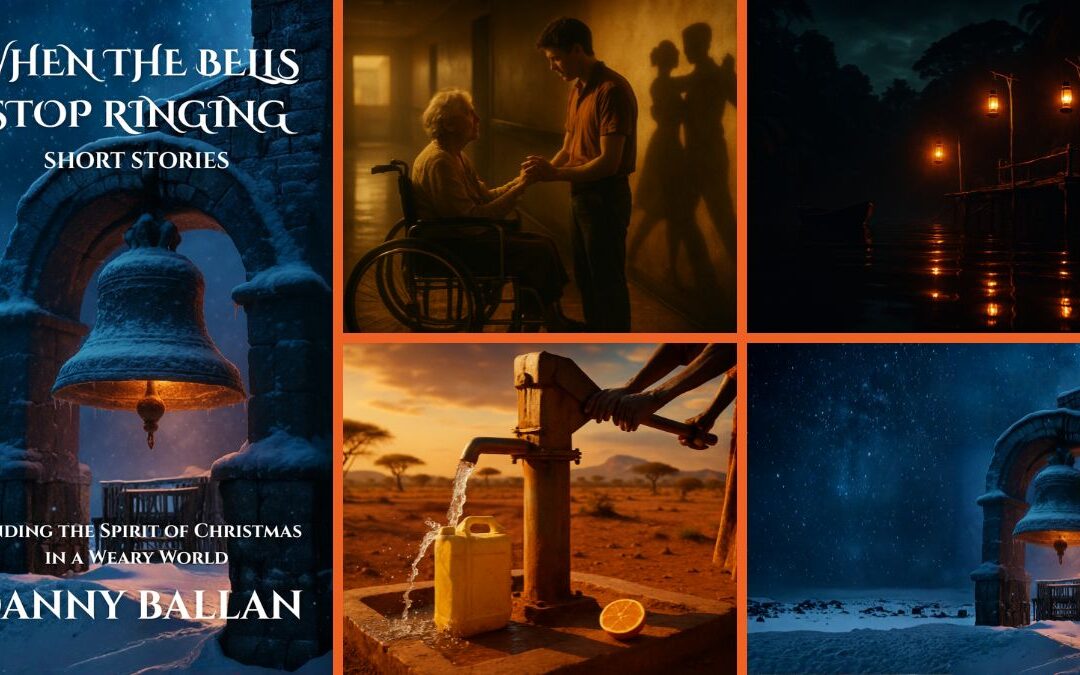In today’s world, webcams are used for everything from virtual meetings to video calls with loved ones across the globe. It’s hard to imagine a time when the webcam didn’t exist, but what’s even more surprising is how this technology came to be. The first webcam wasn’t invented to revolutionize communication or for any grand technological purpose. It was created for something much more mundane: to monitor a coffee pot.
The Birth of the Coffee-Cam
In 1991, a group of computer scientists at the University of Cambridge in England faced a rather unique problem. Their computer lab had a coffee pot that was located in the hallway, far from many of their workstations. Since getting up to check if the coffee was ready only to find an empty pot was both frustrating and time-consuming, they came up with a clever solution. Using a simple camera connected to the internal network, they could monitor the coffee pot in real-time without leaving their desks. This small innovation marked the birth of the world’s first webcam.
The system worked by capturing a live image of the coffee pot every few seconds, which was then streamed to the scientists’ computers. Known as the “Trojan Room coffee pot,” this setup allowed the team to keep an eye on their precious brew and became an unexpected hit in the lab. While the purpose of this webcam was incredibly niche, it soon paved the way for bigger technological advancements.
From Coffee to Global Communication
The coffee-cam became something of a legend within the computer science community, and it didn’t take long before the technology spread beyond the confines of the University of Cambridge. By 1993, the coffee pot feed was put online, making it accessible to anyone in the world with an internet connection. This simple and humorous application of technology intrigued the wider public and helped demonstrate the potential of webcams.
What started as a quirky solution to a daily inconvenience would eventually evolve into a key component of modern internet culture. Webcams became integral for video conferencing, online streaming, and even security systems. Today, nearly every device comes equipped with a built-in camera, but the humble beginnings of the webcam as a coffee-monitoring tool are a reminder of how even the simplest needs can drive innovation.
The Legacy of the Coffee-Cam
Although the Trojan Room coffee pot was officially retired in 2001, its legacy lives on. The webcam’s introduction into everyday life has forever changed how we communicate, connect, and share our lives. From casual video calls to global webinars and live broadcasts, webcams are now a staple of modern life. But it’s amusing to think that the roots of this ubiquitous technology trace back to a simple desire for a fresh cup of coffee.
The story of the first webcam serves as a testament to the creativity and ingenuity of the human spirit. What started as a small experiment to save time in a university lab has blossomed into an essential piece of technology that continues to shape the digital world. Next time you log onto a video call or stream a live event, take a moment to appreciate the journey from coffee pot to cutting-edge communication.
Webcams have come a long way from monitoring a coffee pot to connecting people worldwide. The next time you use your webcam, think about how a simple solution to a mundane problem can spark technological revolutions. Who knows? Maybe your next big idea could be as simple as brewing a fresh pot of coffee!
Expand Your Vocabulary
- Webcam:
In the article, a webcam refers to the camera used to stream live images of the coffee pot. In everyday English, a webcam is a small video camera attached to or built into computers and phones, allowing users to transmit live video over the internet. For instance, we often use webcams for video calls on apps like Zoom or Skype. - Monitor:
The scientists used the first webcam to monitor their coffee pot, meaning they watched or observed it in real-time. In everyday English, we use monitor in many contexts, such as when we monitor progress at work, health changes, or even weather conditions. The key idea is keeping track of something continuously. - Internal network:
The term internal network refers to a closed system where computers are connected but not accessible from outside sources. Many organizations use internal networks to share resources privately. For example, schools or offices may use internal networks to store files that only employees can access. - Real-time:
Real-time means something happening instantly or as it occurs. The webcam provided a real-time feed of the coffee pot. In daily life, we encounter real-time updates in apps like Google Maps, where traffic changes are shown instantly. - Live feed:
A live feed refers to a continuous video or audio stream that happens as events unfold. In the article, the scientists set up a live feed of the coffee pot. Nowadays, live feeds are common in social media platforms like YouTube, Instagram, and Facebook, where users can broadcast live to their followers. - Innovation:
The creation of the coffee-cam was described as an innovation, meaning a new idea or method that improves life or solves a problem. Innovations are everywhere today, from self-driving cars to smartphone apps. In everyday language, we say something is an innovation when it brings new value, like a breakthrough in medical treatments or new technology in education. - Streaming:
Streaming means transmitting continuous data, like video or audio, over the internet. In the article, it was about streaming the coffee pot images. Nowadays, streaming is most commonly associated with entertainment services like Netflix or Spotify, where we can watch or listen to content instantly without downloading. - Digital world:
The term digital world refers to the online ecosystem of interconnected devices, platforms, and services. In the article, it suggests the wider influence of the webcam. Today, almost everything, from banking to socializing, happens in the digital world. We live much of our lives connected to this virtual reality. - Video conferencing:
Video conferencing is when people in different locations communicate via video. The webcam played a foundational role in creating today’s video conferencing technology, widely used in business meetings and online classes. Tools like Zoom and Microsoft Teams have made video conferencing a part of daily work life. - Legacy:
Legacy refers to the lasting impact or influence of something, as in the legacy of the coffee-cam. In modern conversations, we often discuss the legacy of a person, an event, or a project. For example, someone’s legacy might be their lasting contribution to society, like the legacy of a famous scientist or artist.
Let’s Talk:
- How do you think small technological innovations, like the coffee-cam, can unexpectedly change the world in big ways?
- Have you ever faced an everyday problem that could be solved by technology? What kind of solution would you come up with, and how would it impact daily life?
- In what other areas of life do you see a technology originally designed for a niche problem becoming a widely used tool?
- With webcams being such a common feature today, do you think we’re over-reliant on video technology? How has this shaped our personal and professional relationships?
- The article suggests that creativity and ingenuity can come from simple problems. What’s an everyday challenge you or someone you know has faced that could inspire new innovations?
- What legacy do you think today’s technologies, like artificial intelligence or virtual reality, will leave for future generations?
- If you were in the position of the Cambridge scientists, would you have come up with a different solution to monitor the coffee? What creative, perhaps humorous, alternatives can you think of?
- How has the evolution of technology, from simple webcams to video conferencing, affected your life? Would you prefer a world with less digital interaction, or are you excited about future innovations?
By discussing these questions with your friends or family, you may gain new perspectives on how seemingly small innovations can have a huge impact on the world around us. Share your thoughts in the comments section below!










0 Comments